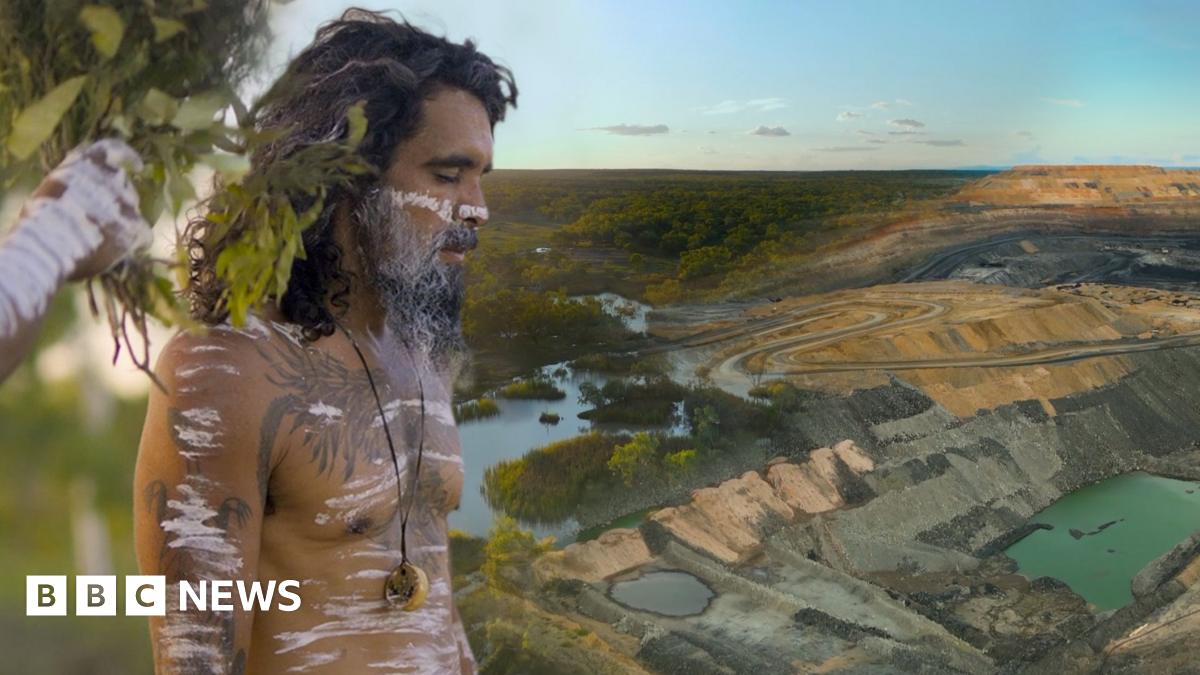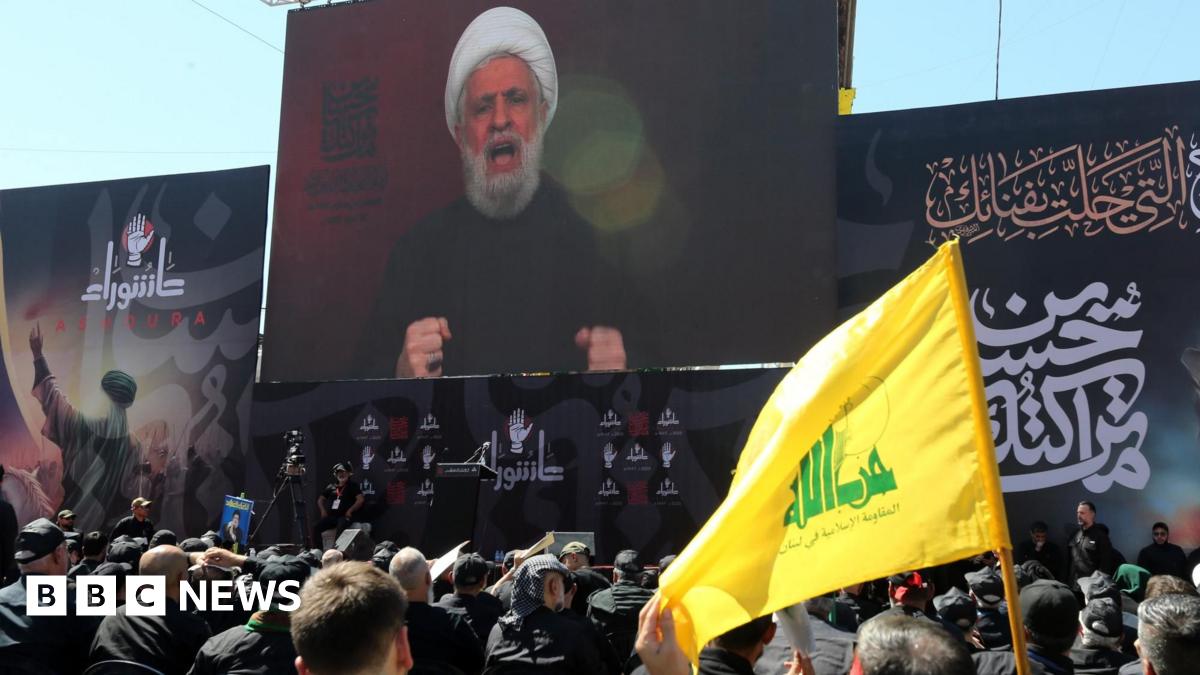Sacred Springs Under Threat: Indigenous Australians Battle Coal Mine for Cultural Heritage

A fierce battle is brewing in central Queensland, Australia, as an Indigenous Australian community fights to protect vital sacred springs from the encroaching Carmichael coal mine. This standoff, one of the most significant cultural heritage disputes in the country, highlights the ongoing tension between resource extraction and the preservation of Indigenous rights and ancestral lands.
At the heart of the conflict lies a network of springs considered deeply sacred by the Traditional Owners, the Wirdi people. These springs aren't merely sources of water; they are integral to the community's cultural identity, spiritual practices, and connection to their ancestors. For generations, the Wirdi have relied on these springs for sustenance and as sites of ceremony and storytelling.
The Carmichael coal mine, operated by Bravus Mining & Resources (formerly Adani Australia), a subsidiary of Indian energy giant Adani Group, is one of Australia's largest and most controversial mining projects. Its development has faced years of legal challenges and protests, primarily due to concerns about its environmental impact on the Great Barrier Reef, water usage, and potential harm to Indigenous cultural heritage.
The current dispute centers on the potential impact of the mine's groundwater extraction on the springs. The Wirdi community argues that the mine's operations are already drying up the springs, threatening their cultural significance and the ecological health of the surrounding landscape. They cite scientific evidence suggesting a direct link between the mine’s water draw and the decline in spring flows.
“These springs are our lifeblood, our history, our connection to the Dreamtime,” explains a Wirdi elder. “To allow this mine to destroy them is to destroy our culture, our identity, and our future.”
Bravus Mining & Resources maintains that it is operating within all regulatory approvals and that its groundwater management plan is designed to minimize impacts on the springs. However, the Wirdi community remains unconvinced, alleging that the monitoring data is inadequate and that the company has not adequately consulted with them on the potential impacts.
The legal battle is complex and ongoing, with the Wirdi community pursuing various avenues to protect their sacred sites. This includes challenging the mine's approvals in the courts and raising awareness of the issue nationally and internationally. The case has garnered significant attention from human rights organizations and environmental groups, who are calling for greater protection of Indigenous cultural heritage in Australia.
The outcome of this dispute will have far-reaching implications for Indigenous rights, environmental protection, and the future of resource development in Australia. It underscores the need for genuine consultation with Traditional Owners, robust environmental safeguards, and a commitment to respecting cultural heritage in all development projects.
The Wirdi community's fight is not just about protecting springs; it's about safeguarding their cultural heritage and ensuring that their voices are heard in the face of powerful economic interests. The world is watching as they strive to protect their ancestral lands and preserve their unique connection to the landscape.






